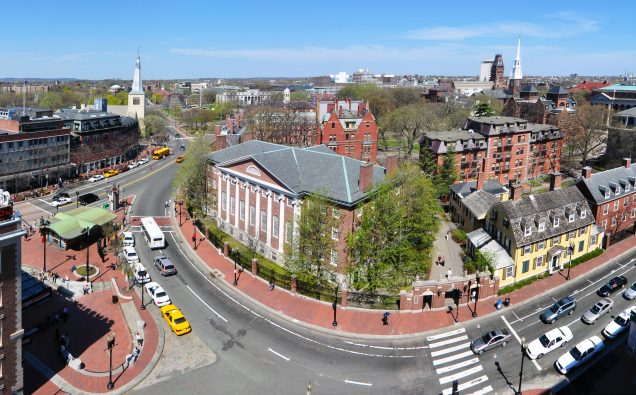
Despite affirmative action ruling, however, statistics show that African Americans and Hispanics are still underrepresented in elite universities.
Late last month, the United States Supreme Court (SCOTUS) ruled that the admission policies of Harvard University and the University of North Carolina (UNC), which gave weightage to students from minority communities, especially African Americans, Hispanics, and Native Americans, were unconstitutional and, therefore, illegal. The ruling, part of a series of regressive rulings delivered by the conservative super-majority court, was widely cheered by opponents of the so-called race-conscious college admissions, including many Indian Americans, who saw it as a first step toward the elimination of affirmative action at all levels.
In contrast, supporters of affirmative action were outraged, perceiving it as a continuation of the decades-long efforts by the American Right, with the help of the judiciary, to undermine the advances made in racial equality over the past 70 years.
The race-conscious admission policies have been in place in many higher educational institutions for decades. The underlying principles behind them were to give opportunities to groups underrepresented in higher education and address historical injustices by granting preferences to races that have historically faced discrimination. Their largest beneficiaries have been students from African American and Hispanic communities, which are the third and second-largest ethnic groups in the United States (US) respectively, following white Americans.
As a result of these policies, the representation of African Americans and Hispanics has increased in many top US schools. For example, in the admitted Harvard class of 2026, African Americans account for 15.2% of all admitted students, surpassing their current representation of 13.6% in the US population. The share for Hispanic or Latino students was 12.6%, which is below the proportion of the community’s population, estimated at 19.1%.
Many Indian Americans backed the verdict, including two Republicans — Nikki Haley and Vivek Ramaswamy — vying for the highest office in the land. They held this position because they believe that race-based admission policies diminish the opportunities for their children to gain admission into prestigious educational institutions.
The argument that Asian Americans face discrimination in school admissions contradicts the evidence. In the majority of elite US schools, Asian Americans are the only group that is overrepresented by its percentage in the population.
For instance, at Harvard, Asian Americans, who constitute 6.3% of the US population, occupy a significant 27.9% of the seats in the class of 2026. Similarly, at Yale, the Asian American representation in the class of 2026 stands at 16.8%, and at Columbia University, it is 12.88%. Comparing the same classes, the representation of African Americans at Yale stands at 6.9%, while at Columbia, it is 5.05%.
As for Hispanics, their share is 11.2% and 8.38%, respectively. These statistics demonstrate that, despite the existence of affirmative action, the representation of African Americans and Hispanics in many elite universities remains significantly below their share in the US population.
These numbers highlight the need for continued efforts to enhance their representation.s noted in this column previously, Indian Americans have been fortunate to experience relatively less severe racism compared to several other immigrant communities.
This is due to the fact that large-scale Indian immigration to the US occurred after the passage of the Immigration and Nationality Act of 1965, which enabled citizens of non-Caucasian nations such as India to immigrate. Furthermore, Indian Americans have benefited from the long-standing struggles of African Americans, resulting in civil rights legislation that prohibited various forms of racial discrimination and provided legal frameworks to address them.
It is essential for Indian Americans, as a minority community, to recognize that societal progress relies on providing opportunities to the underprivileged minority sections of the population. Fortunately, a significant portion of Indian Americans, much like vice-president Kamala Harris, understand and value the significance of affirmative action. Aarti Kohli, executive director of Advancing Justice – Asian Law Caucus, expressed this sentiment in her amicus brief filed in the Harvard-UNC case in August 2022.
“Our communities know better than to give into extremist strategist Edward Blum’s years-long mission to deny Black, Latinx, Asian American, and other communities of color equal voting rights and educational opportunities,” she stated. To ensure a better and fairer democracy for all, affirmative action needs to be reaffirmed rather than eliminated.


















